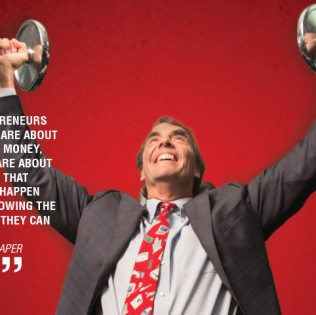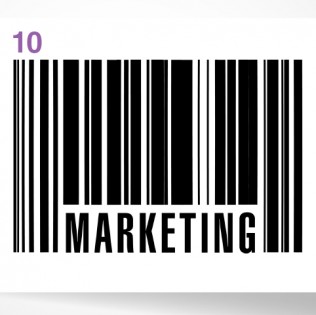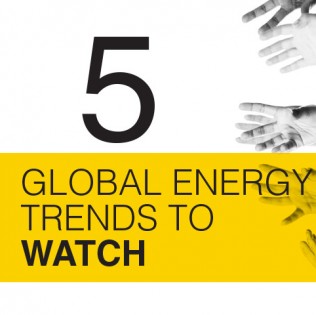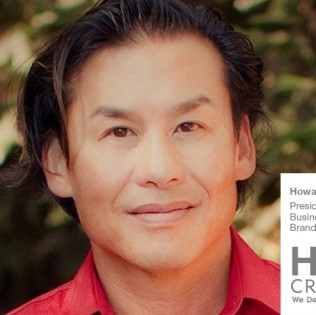by Dean Paddock
Published on June 17th, 2014
The Power Of A Brand
Most people would be surprised to learn that the energy industry, the technologies we develop, the processes we use, and the knowledge we employ is evolving as fast, if not faster, than our smartphones. That is something to pay attention to!
Technology and innovation are changing and improving how we operate in the energy industry. These changes are having a measurable impact on our economic performance, environmental footprint, and profitability. How we communicate about this impact can go one of two ways – it works, or it doesn’t.
The energy industry has historically not done a good job of sharing our story. We focus on telling people facts and figures when they prefer to hear a story. People respond when they connect. We talk about our numbers while our audiences are clamoring for our narrative. We can do better.
Brand marketing is evolving with breakneck speed and businesses can no longer count on their ability to “manage” their brands through their websites, brochures, and ad campaigns.
This is doubly true for the energy industry. Our stakeholders are co-curating the brand, through their interactions with field staff, their encounters with trucks on the highways and their often very public disagreements with our business model.
They are drawing the connections amongst the broader public of who we are and what we stand for. Our stakeholders aren’t just listening to what we profess to be our brand promise – they are telling their families, friends, and us what they believe our company stands for.
This fundamental shift in how brands are managed has behooved many energy companies to change, or build upon, traditional tactics such as careful and deliberately-penned fact sheets and brochures. Now complementing those types of collateral are active conversations facilitated by energy companies in both traditional and social media on the role of energy in our rapidly evolving world.
The focus has shifted onto individuals, how they relate, how they connect, and how they engage with content. The brand playing field is wide open, offering an opportunity to creatively present and participate in an engaging narrative.
At Encana, for example, we have spent significant time designing our communications channels and campaigns to facilitate dialogue and to support a stronger, holistic narrative of our company and industry. For example, we touch on how the company is growing, changing, and evolving at quarterly updates; the people driving the performance improvements reflected in our annual report; what the issues are within the company’s operating communities and the proposed solutions. This is reflective of a brand strategy that encourages conversation to illustrate Encana’s involvement in communities where it operates, and thus enhances Encana’s social license to operate.
Encana creates channels for multi-way dialogue which allows us to identify information our audiences need in order to better understand and ultimately accept our business. Encana’s strategy is to encourage conversations that illustrate our involvement with the community and how we make a contribution. How we relate and connect makes all the difference.
In a fast-paced world of rapid information dissemination, there can be no brands without audience participation. The companies that succeed will be those that understand and adapt to a world where we don’t simply control our message – we help facilitate its creation, delivery, and meaning in such a way that we pull rather than push our audience. That in itself is a paradigm shift we should all be striving for.
Did you enjoy this article?

 Education: Through the Eyes of a Venture Capitalist
Education: Through the Eyes of a Venture Capitalist 10 Marketing Must-Knows
10 Marketing Must-Knows 5 Global Energy Trends to Watch
5 Global Energy Trends to Watch Rediscovering Black Gold
Rediscovering Black Gold Mission Critical
Mission Critical